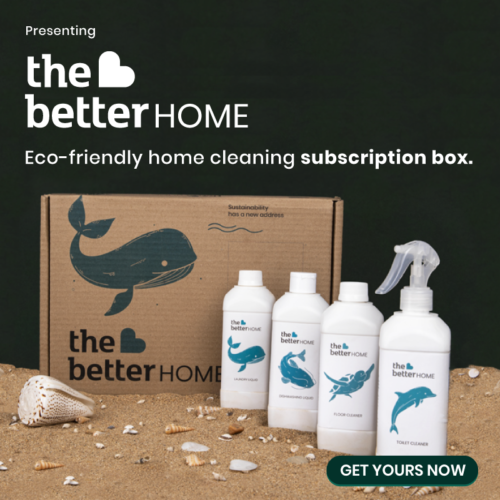Labels, Packaging & More: How to Ensure Your Home Is Actually ‘Green’ and Safe
What's written on the labels and what is left out - learn to read between the lines of your cleaning products for a sustainable, healthier home
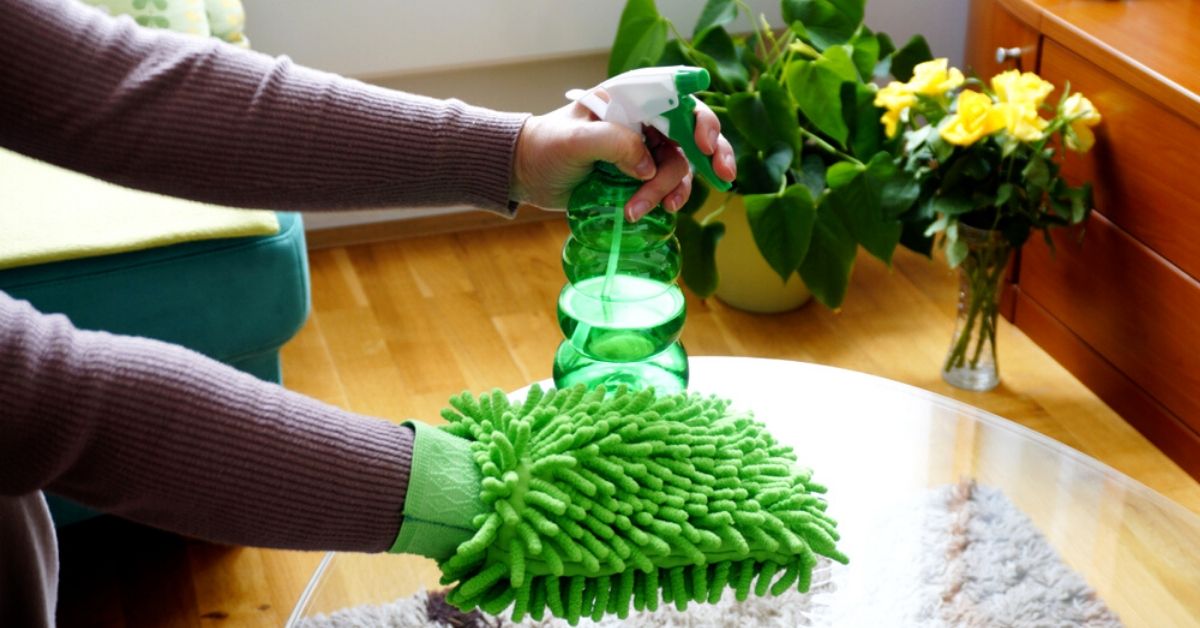
Green Cleaning /ɡriːn kliːnɪŋ/
noun
Definition: Using cleaning methods and products with environmentally-friendly ingredients and procedures which are designed to preserve human health and environmental quality.
If we think of regular home cleaning – it’s galling to think that they neither preserve human health nor the environment.
In fact, they do just the opposite.
In an attempt to amp up the fragrance, ensure sterilised cleaning and the total annihilation of bacteria, toilet and floor cleaners are produced using harmful synthetic chemicals like hydrochloric acid, triclosan, and sodium Laureth sulfate, among others.
A decade ago, finding green alternatives was decidedly difficult but now eco-conscious home cleaning – green cleaning – products are not far from reach.
What does Green Cleaning Mean and What is its Scope?
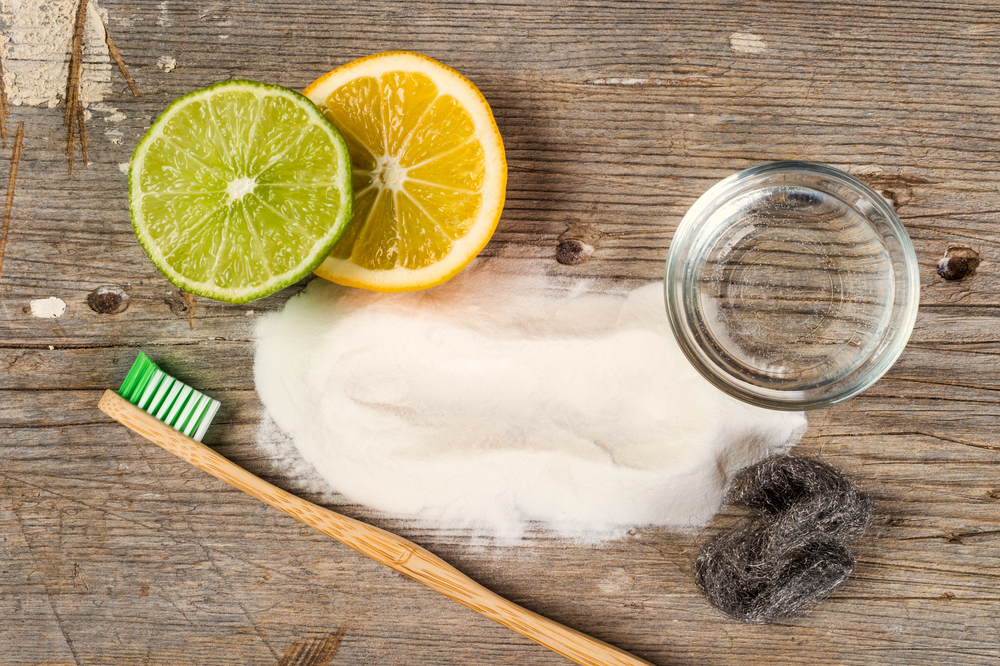
Green cleaning makes you scrutinise your shopping habits, understand the labelling of your products and compare what you ordinarily use Vs newer, greener options. All these steps are necessary not just to be more responsible towards the planet but also to ensure your own safety.
The United States Environmental Protection Agency has set the guidelines for labelling of cleaning products and we can take a leaf out of their book. Green Cleaning is a good start for anyone looking to take sustainability to the next level.
Contrary to popular belief, we actually have a range of options at our disposal to ensure that cleaning our toilets, floor, dish and laundry is sustainable and efficient.
Here are some steps for you to analyse the cleaning products you have.
Step 1: Evaluating Current Cleaning Products:
Get your home cleaners like laundry detergent, toilet cleaners etc in line. Go through the list of ingredients and google search what each of them is used for and what are the harmful effects of each of them.
Common ingredients in cleaners include:
- Hydrochloric Acid – known to cause serious burns on the skin
- Sodium Hydroxide – Contact with the eyes can cause blindness
- Nonylphenol – Found in detergents and is a carcinogen
- Triclosan – Adversely affects the powerhouse of our cells – mitochondria and is still used in dish soaps
- Sodium Laureth Sulfate- Used in toilets cleaners and dish soap it can lead to rashes and skin allergies
Look out for signs like an incomplete list of ingredients on the labels, that is a red flag you must not ignore.
Once you have the complete list of what goes into your cleaners and their impact on your health as well as the environment’s, you can make an informed decision about what to buy in the next batch of cleaners.
Step 2: Looking For Green Cleaning Options:
What we are looking at is solid evidence in the list of ingredients and not merely greenwashed claims of being eco-friendly or sustainable. Your first go-ahead sign is if the majority of the ingredients are natural. Citrus, enzymes and even non-pathogenic microorganisms are good examples of such ingredients. Derived from nature, these ingredients affect nature in little or no manner.
You can also look out for specific words on the label that point towards a green, planet-friendly cleaner. Phosphorous-free, acid-free, non-toxic, bleach-free and pH neutral are some examples of such pointers.
Packaging: Another Determining Factor of Green Cleaning:
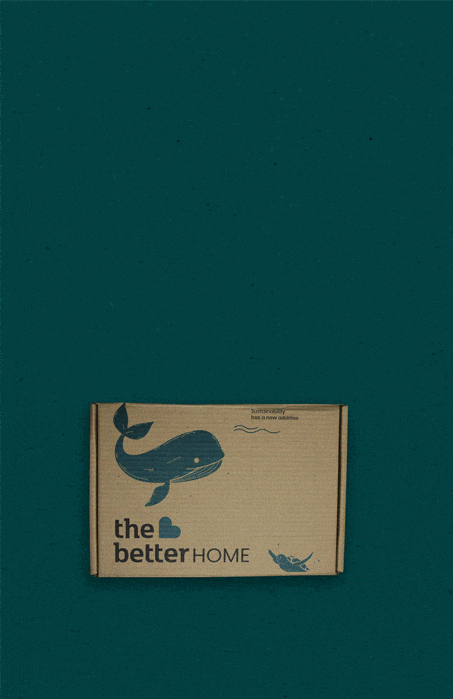
Purchasing plastic bottles full of acid is not your best bet towards sustainability. There are a number of options available out there to reduce this heavy carbon footprint. Some examples are – handmade bio-enzymes that come in reused soda bottles, cleaners packed in glass bottles and my personal favourite- a subscription model.
This subscription box comes in a set of toilet cleaners, floor cleaners, laundry detergents and dish soap. The first set comes in plastic bottles and you are expected to keep the bottles when the liquid is over. From the second set onwards, the cleaners (which are made of plant-derived enzymes and dormant bacteria) come in pouches. Refill your bottles with the liquid and ship the empty packets back to the vendor in the pre-stamped envelope provided to you!
Less waste, more cleaning.
Do Green Cleaners cost more?
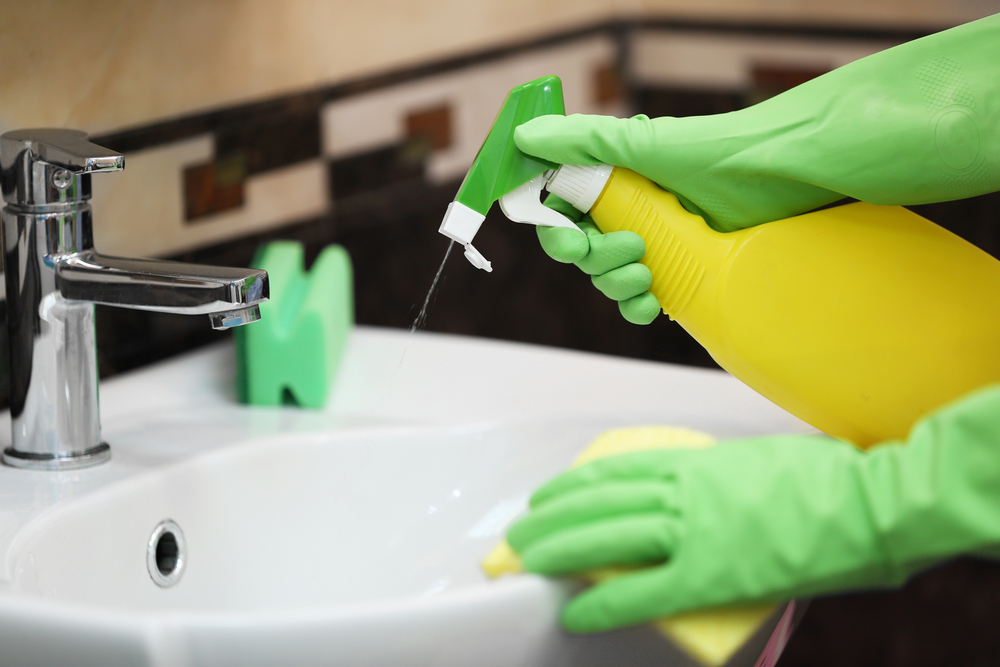
The process and quantities of production play a huge role in determining the price of any product. Cleaners are no different. Chemical cleaners churned in factories are bound to cost less thanks to the enormity of their supply and demand. In contrast, cleaners made on a much smaller scale by Micro Small and Medium Enterprises (MSMEs) will cost a little more. Having said that, the attempt is always to make pricing competitive and you won’t have to spend a bomb to replace acids with biodegradable cleaners.
Switching to responsible methods of cleaning is the need of the hour. Our lakes, soil, air and our own health are suffering thanks to the rampant usage of harmful, toxic chemicals. Green cleaning keeps your home as well as the planet safe.
Also read: Smells Nice? Don’t Be Fooled. The Fragrance in Your Cleaners Is Not Good For You
(Edited by Saiqua Sultan)
Like this story? Or have something to share? Write to us: [email protected], or connect with us on Facebook and Twitter.
If you found our stories insightful, informative, or even just enjoyable, we invite you to consider making a voluntary payment to support the work we do at The Better India. Your contribution helps us continue producing quality content that educates, inspires, and drives positive change.
Choose one of the payment options below for your contribution-
By paying for the stories you value, you directly contribute to sustaining our efforts focused on making a difference in the world. Together, let’s ensure that impactful stories continue to be told and shared, enriching lives and communities alike.
Thank you for your support. Here are some frequently asked questions you might find helpful to know why you are contributing?


This story made me
-
97
-
121
-
89
-
167



